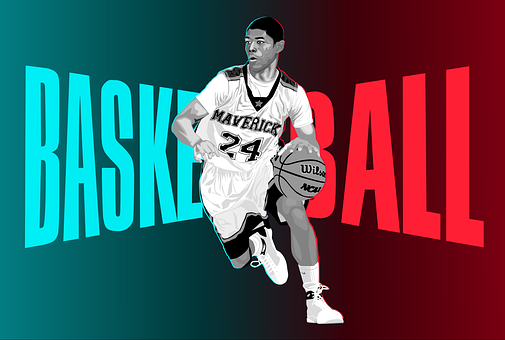Each team in the football league has between 45 and 50 players at their disposal, but they have very strategic positions that allow them to field only 11 players at a time. They have more than 45 players because they can switch as many times as they want. No player can play on both the defensive and offensive sides of a team.
A football match, like most sports, is played between two teams; there must be opposition. Each team brings 11 players to the field. Playing more than 11 players at once would warrant a penalty for the team. During the game, each team may substitute an unlimited number of players.The rules weren’t always like this, as they used to have a limited number of substitutions for one game. Because of this, most teams have offensive, defensive, and social team units.
attacking unit
The attacking team must line up in a legal lineup before they can make a move to get the ball. An offensive formation would be considered illegal in this regard. An illegal formation is when there are more than four players in the backfield or even less than five players numbered 50–79 on the offensive line. Players may line up for a short period of time in a position where the player’s number will have a chance to communicate the change to the referee, who will now tell the opponent of the change. None of the team’s players may line up or cross the neutral zone until the ball is taken. Offensive linemen are not allowed to leave their position until the ball is broken.
The main positions of this unit are quarterback, halfback, also known as tailback, and fullback. The quarterback is in charge of the offensive unit. The coach calls the plays, but sometimes the quarterback is given the authority to do so. The quarterback tells the offensive unit about the game as they huddle together before going out to line up. The quarterback lines up at back centre to take the snap, then hands the ball out, although depending on the game, he can run with it or pass.
A halfback’s main role is to run with the ball. When a team is committed to an ongoing game, the right back is always the one who takes responsibility for reaching the goal. They can also play as receivers on the other side. The fullbacks are the big players in the offensive unit, as they help prevent the opposing defensive unit from interfering with the team’s gameplay.
Defensive unit
This unit mainly consists of the defensive ends and defensive line, as well as the defensive tackles. The defensive ends make their lines at their end of the line, and the defensive tackles make their lines between those of the defensive ends. The main purpose and role of the defensive end and tackling is to prevent the opponent from making running plays. They are also equipped to tackle the quarterback so he doesn’t make a pass, and they finally occupy the lines so the linebackers can get through.
The linebackers must stay just behind the defensive line and in front of the defensive backfield. The position consists of two parts: the middle linebackers and the outside linebackers. The linebackers are the leaders of the defensive unit; they command the defensive units. They have different roles on the field; they have to block the run, tackle the quarterback, guard the backs and wide receivers, and stop and pass.
The defensive backfield is usually known as the secondary, which is what they are called in the field. They are the cornerbacks and the certainties. The protections also consist of two categories: the free protections and the strong protections. Cornerbacks are made to place their line just outside the defensive formation, staying opposite the receivers so they can block them on every play. The safeties put their line between the cornerbacks but are well into the secondary. Safeties in football are like the backman in basketball; when a quarterback has beaten every line of defense, the safeties are the only ones that can get their hopes up as they are the last stage of the defense.
Special Teams Unit
The special teams unit is responsible for the kick plays. This special team unit on a team is the one that tries to score field goals when they have possession of the ball. The field goals are made through tries, kicks, and kickoffs. All of these actions can be blocked by the opposing team and returned by their special teams unit. In this unit, we have the placekicker, the holder, and the long snapper. The long snapper would snap the ball and send it to the holder, who would immediately place it in a perfect position for the placekicker.
Conclusion
These are all major and minor positions on each team of football players.
